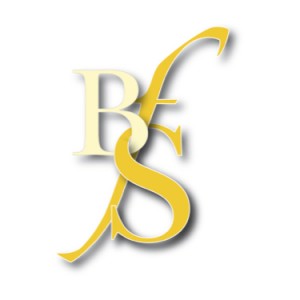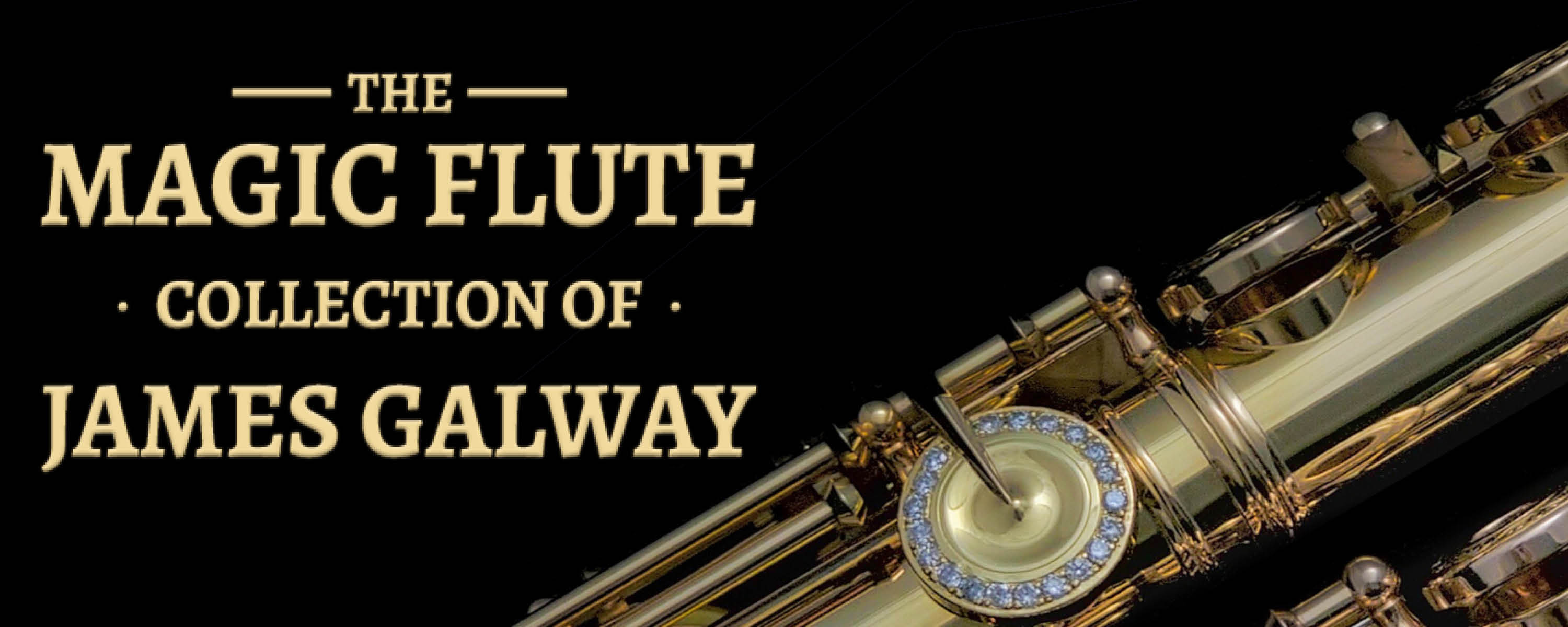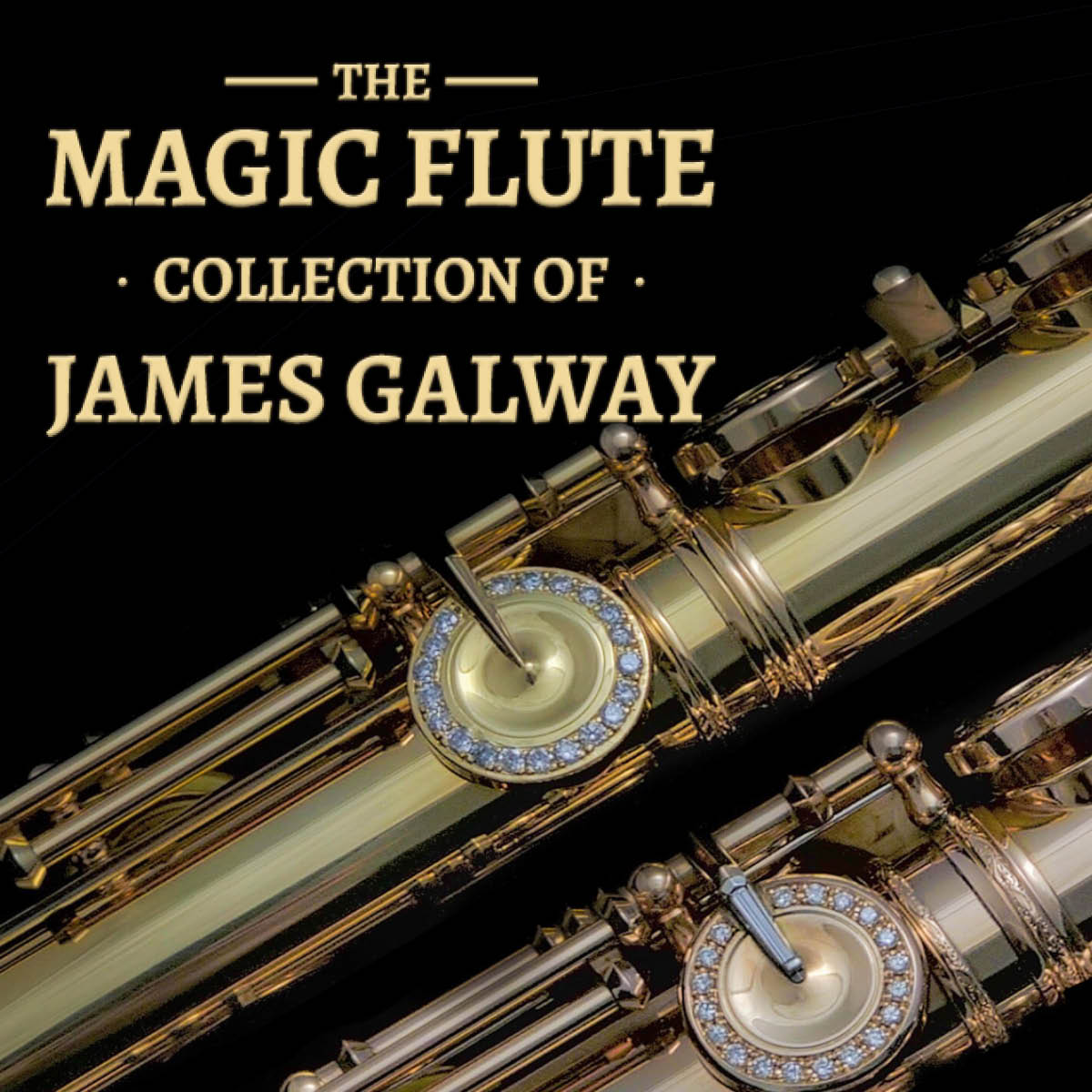Ungarische Tänze (Hungarian Dances) for Flute Quartet, Op. 308
- Highly recommended

Pan - Journal of the British Flute Society
Popp's Hungarian Dances were written for piano, and appear here in an arrangement for 3 flutes and alto flute by Wolfgang Kossack. In his preface, Kossack explains that this is an arrangement in the true sense, rather than a transcription, with additional elements added of Kossack's invention.
This is a successful reworking of the dances, which translate their characters well onto the flute. The melodic material is evenly spread between the 3 flute parts, with the alto taking on the function of the bass. This means that the alto flute part is less demanding than the rest, with simple note values and uncomplicated rhythms situated mostly in the low register. The flute parts incorporate traditional Hungarian dance rhythms, such as syncopations, revers dotted rhythms and the use of grace notes.
There are three dances in the set, each with a slow-fast form. The first begins Lento, with strong rhythms in the melody line. The accompaniment parts are in rhythmic unison, meaning that a well-coordinated ensemble could allow for some flexibility in the melodic line. Both flutes 1 and 2 have an opportunity to take on the solo role. The slow section is followed by a vivo - a sprightly 2/4 dance with offbeats and semiquaver movement. The melody is moved between the parts; the handovers are sometimes abrupt and some dovetailing might be helpful in places, but this is not always possible in every context.
The second is more lyrical at the opening, with legato lines. There are some unusual rhythmic notations here, for example with quavers after dotted notes beamed to the following group. Once these are organised, the rhythms are relatively straightforward. The Presto section is an opportunity for a fast-paced sprint, which is great fun and provides opportunities for all of the players to shine. Fast articulation is useful at the end, and a crisp rhythmic accuracy is essential to maintain the energy of this dance.
The final dance features triplets which provide a 2 against 3 feel. There are also off-beats, legato lyricism and a bouncing bass line. Once again, clarity of articulation and a strong pulse are essential to keep the music alive - but the notes themselves are not especially challenging for advanced players.
These three Hungarian dances are enormously good fun, with plenty of notes to get through and scope for musical creativity and the development of excellent ensemble-playing skills. These pieces are ideal for intermediate to advanced players and likely to be enjoyed by audiences.
Carla Rees
Our Description
Originally for flute and piano
Contents
- Lento - Vivo
- Lento - Presto
- Lento- Allegretto
Item Details
Instrumentation
- Part 1: Flute
- Part 2: Flute
- Part 3: Flute
- Part 4: Alto Flute
Publisher: Edition Kossack
Publisher's reference: EK95113
Our Stock Code: 1664126
Media Type: Paperback - Score and parts (16 pages [score])





